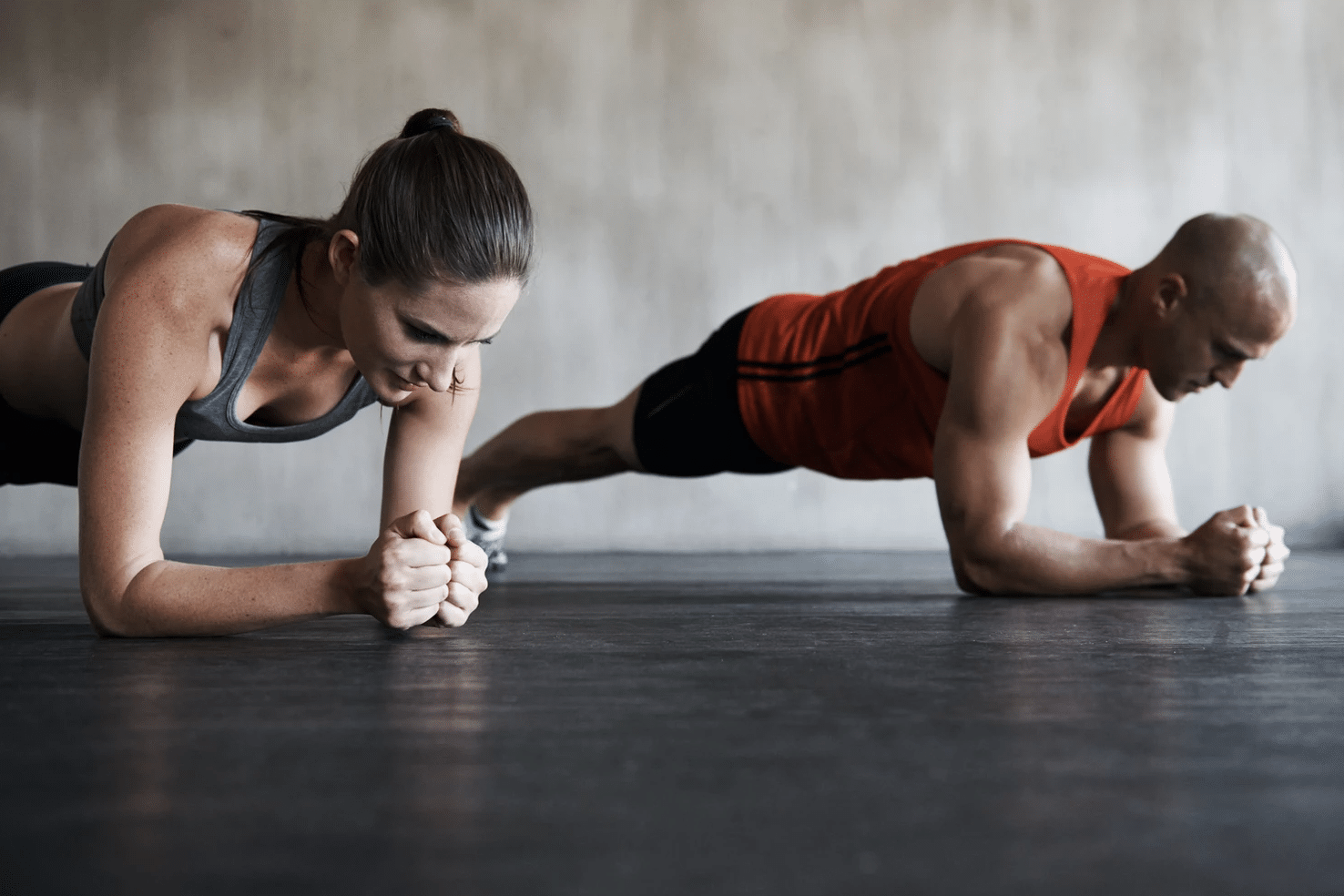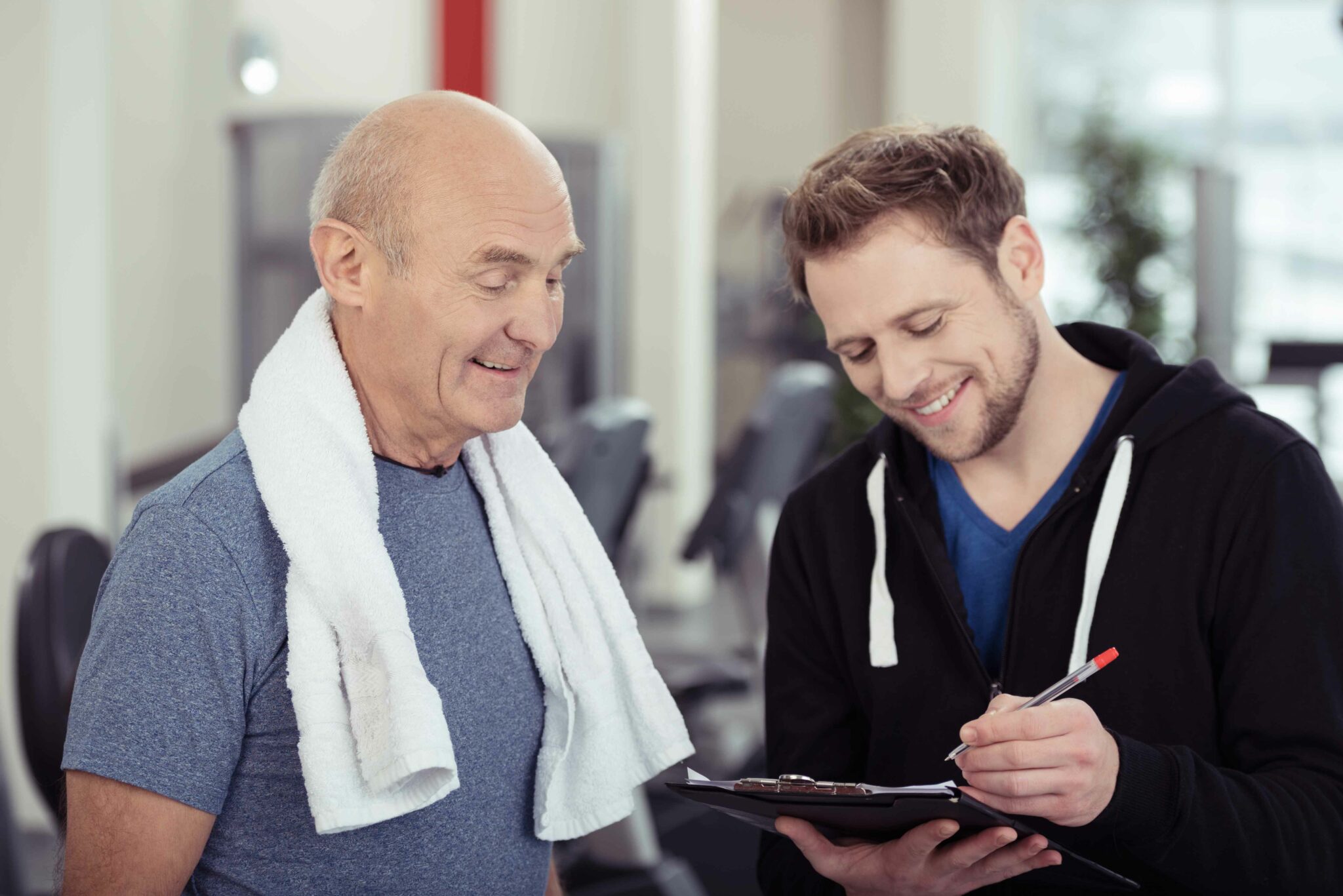
Why Exercise is the Key to Healthy Ageing
Have you heard about the mystical Chinese art of Qigong? If you have, I still believe that Qigong may remain something of a mystery to

What is the core?
What makes the core stable?
And what makes it strong?
If you asked most people how they train their core, they would list a series of abdominal exercises.
If they’ve been to the Physio or Pilates, they may equate it to some form of lower abdominal contraction with progressive limb loading and working on unstable surfaces.
Let’s take a step back.
In the beginning…
We were born floppy little beings that needed our parents to do everything for us, but as we grew and started to move all that changed…
We started to hold up our head, sit unsupported, roll over, crawl, pull up to stand…and then we were off! Stumbling at first, walking, running, we moved more and as we moved we got stronger, faster and leaner. We ran, we jumped, skipped and hopped and played.
Stability being the ability to maintain control of our trunk and pelvis as we move our limbs. Some regions of the body naturally require more stability and some mobility, based on anatomy.
But is that model too simple?
It proposes that if you lose mobility in your thoracic spine, you may get pain in your neck, shoulder or lower back as a result.
I would argue that the majority of the body requires stability or control – the neck, shoulder trunk, lower back, hips, knees and feet.
To challenge your core not everything you do needs to be abdominally focused.
Having 6-pack abs does not equate to “good core stability” (Maybe core strength?…maybe?!?).
The abdominals may be strong and able to generate force, but at the same time, the trunk may be compressed and rigid compressed, increasing load through the neck and lower back.
While some stiffness is a good thing, too much compression which reduces range of motion decreases your options available for movement.
With well-balanced trunk muscles that do not compress and stiffen the body, you can generate MORE force through your muscles. Your body requires space to move optimally, giving you more options for movement.
This requires a balance between your deep and superficial trunk muscles, allowing for optimal chest expansion for breathing.
Want to build a strong stable core? Check out our current Class Timetable.
#corestability #corestrength #rehab #physiotherapy #pilates #clinicalpilates

Have you heard about the mystical Chinese art of Qigong? If you have, I still believe that Qigong may remain something of a mystery to

Have you heard about the mystical Chinese art of Qigong? If you have, I still believe that Qigong may remain something of a mystery to

Have you heard about the mystical Chinese art of Qigong? If you have, I still believe that Qigong may remain something of a mystery to